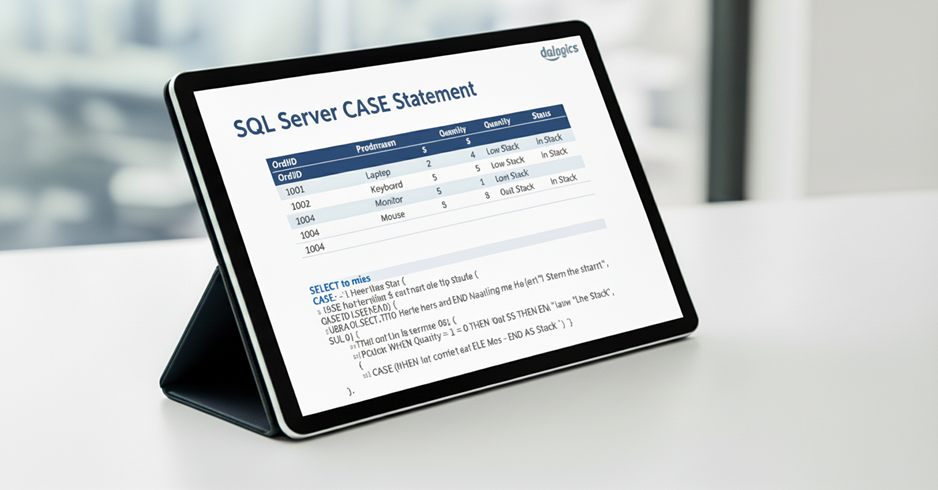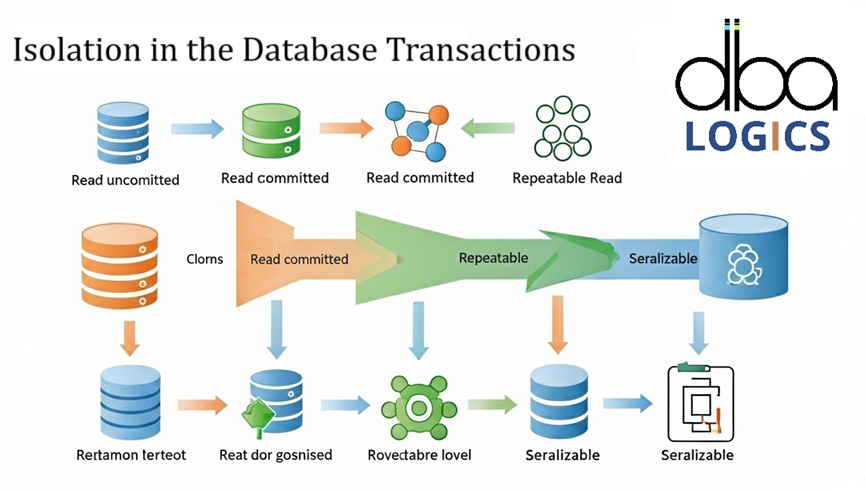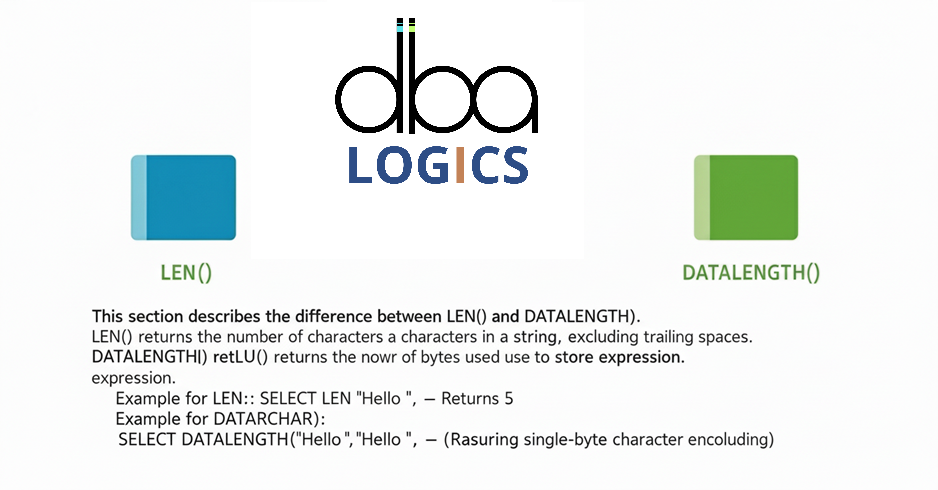
ISNULL vs COALESCE: Key Differences in SQL Server
As per my experience, to better understand...
We are exploring the key differences between the ISNULL() and COALESCE() functions in SQL Server, focusing on their arguments, return types, standard compliance, evaluation behavior, nullability, and performance. It provides examples to illustrate how each function handles NULL values in various scenarios, helping you choose the appropriate function for your specific needs.
ISNULL() and COALESCE() are both used to handle NULL values in SQL Server, but they have some important differences. Understanding these differences can help you write more efficient and portable SQL code.
SQL Server: Key Differences
| Feature | ISNULL() | COALESCE() |
|---|---|---|
| Arguments | Accepts only 2 arguments | Accepts 2 or more arguments |
| Return Type | Returns the data type of the first argument | Returns the data type with highest precedence |
| Standard Compliance | Proprietary to SQL Server (T-SQL) | ANSI SQL standard compliant |
| Evaluation | Both arguments always evaluated | Stops evaluating once a non-NULL is found |
| Nullable Result | May return non-nullable | Returns nullable if any input is nullable |
| Performance | Slightly faster in some SQL Server versions | May be slightly slower due to type resolution |
1. Number of Arguments
The most obvious difference is the number of arguments each function accepts. ISNULL() can only handle two arguments: the value to check for NULL and the replacement value. COALESCE(), on the other hand, can accept two or more arguments. It returns the first non-NULL expression from the list.
Example:
- -- ISNULL example
- SELECT ISNULL(NULL, 'Default');-- Returns 'Default'-- COALESCE example
- SELECT COALESCE(NULL, NULL, 'FirstNonNull');-- Returns 'FirstNonNull'
2. Return Type
ISNULL() returns the data type of the first argument. If the first argument is NULL, it returns the data type of the second argument, implicitly converting it to match the first argument's type if necessary. COALESCE(), however, determines the return type based on data type precedence. It returns the data type with the highest precedence among the arguments.
Example:
- -- Example 1: ISNULL returns INT
- SELECT ISNULL(NULL, 10);-- Output: 10 (INT)-- Example 2: COALESCE resolves based on type precedence
- SELECT COALESCE(NULL, CAST(10.5 AS FLOAT));-- Output: 10.5 (FLOAT)
In the second example, even though the first argument is NULL, COALESCE() returns a FLOAT because it has higher precedence than INT.
3. Standard Compliance
ISNULL() is specific to SQL Server (T-SQL). It's not part of the ANSI SQL standard. COALESCE(), however, is an ANSI SQL standard function and is supported by most database systems. This makes COALESCE() more portable if you need to move your code to a different database platform.
4. Evaluation
ISNULL() always evaluates both arguments, even if the first argument is not NULL. COALESCE() stops evaluating arguments as soon as it finds a non-NULL value. This can be important if evaluating an argument is computationally expensive or has side effects.
5. Nullable Result
The nullability of the result can also differ. ISNULL() might return a non-nullable result, depending on the arguments. COALESCE() returns a nullable result if any of its input arguments are nullable.
Example:
- DECLARE @val VARCHAR(10) = NULL;-- ISNULL treats result as NOT NULL if second argument is NOT NULL
- SELECT ISNULL(@val, 'N/A');-- Output: N/A-- COALESCE respects input nullability
- SELECT COALESCE(@val, 'N/A');-- Output: N/A
6. Performance
Historically, ISNULL() was often considered slightly faster than COALESCE() in some versions of SQL Server. However, the performance difference is often negligible in modern versions. COALESCE() might incur a slight performance overhead due to the need for type resolution. It's always best to test both functions in your specific environment to determine which performs better for your particular use case.
More Examples
1. Basic NULL Replacement
- SELECT ISNULL(NULL, 'Default');-- Output: Default
- SELECT COALESCE(NULL, 'Default');-- Output: Default
2. Multiple NULL Checks with COALESCE
- SELECT COALESCE(NULL, NULL, 'SQL', 'Server');-- Output: SQL
- -- ISNULL() cannot do this as it only takes 2 arguments
3. Usage in Calculations
- -- Avoid division by NULL
- SELECT ISNULL(NULL, 0) + 5;
- SELECT COALESCE(NULL, 0) + 5;-- Output: 5-- Output: 5
Conclusion
Both ISNULL() and COALESCE() are valuable tools for handling ISNULL values in SQL Server. Use ISNULL() when you need a simple replacement for ISNULL with a single fallback value. Choose COALESCE() when you need to check multiple values or when you're working in environments that require ANSI SQL standard compliance. Understanding their differences will help you write more robust and maintainable SQL code.











Post Comment
Your email address will not be published. Required fields are marked *